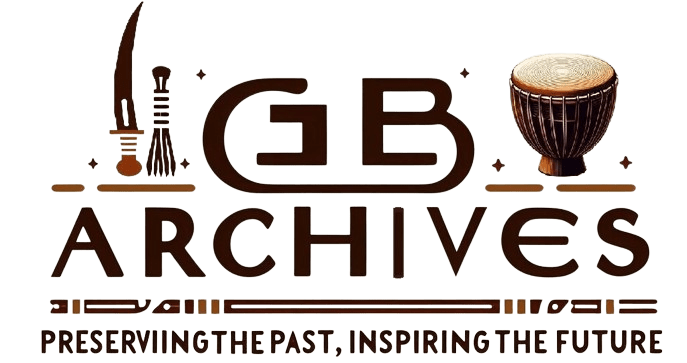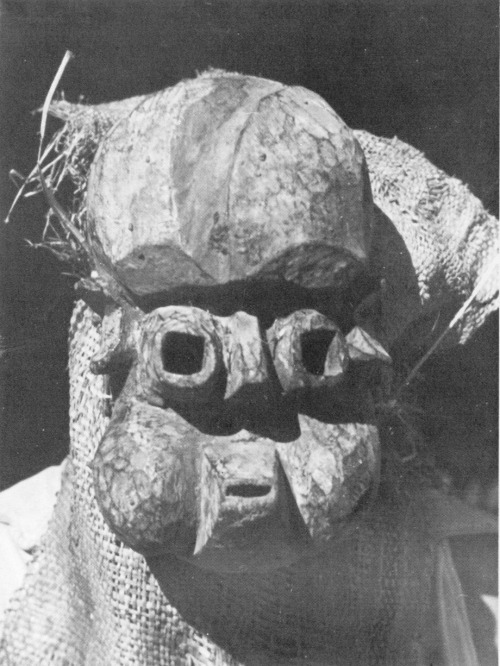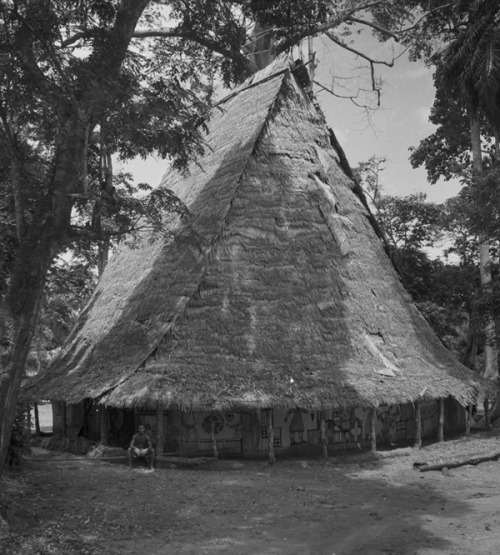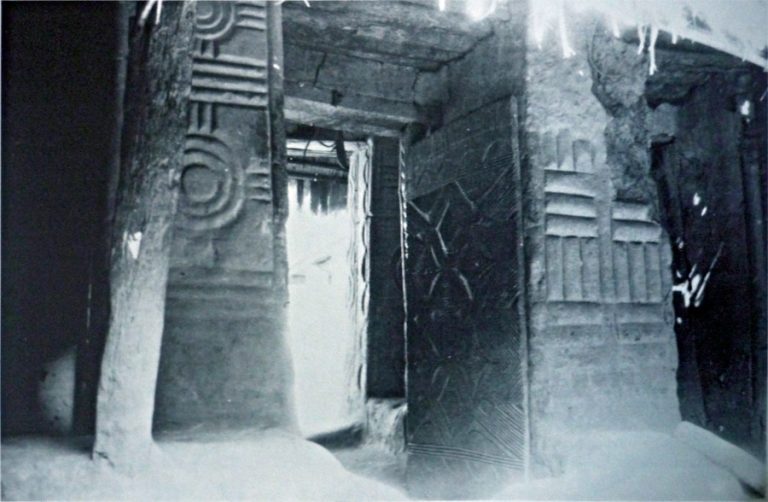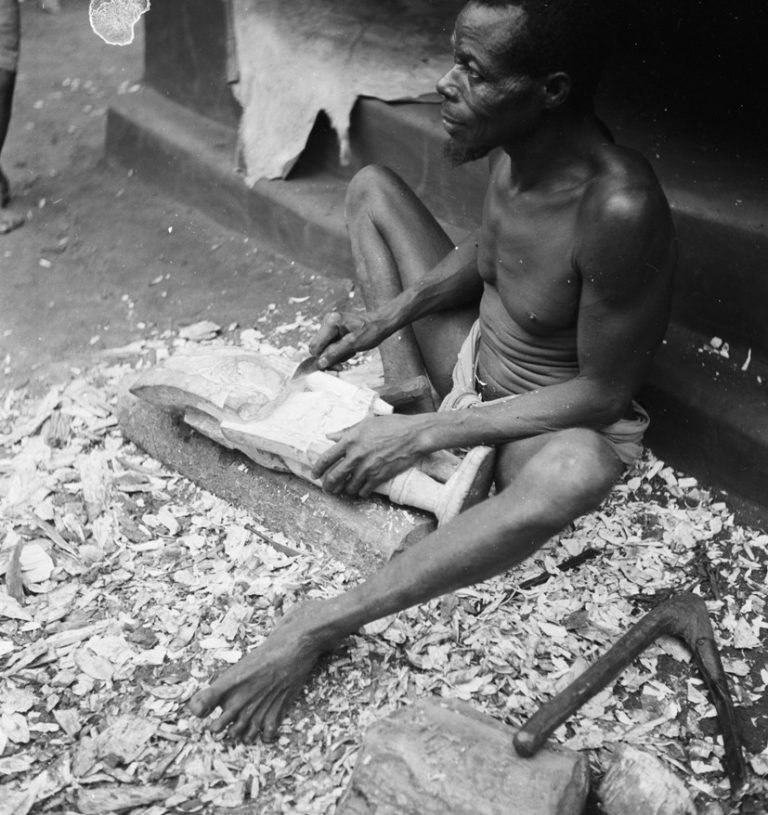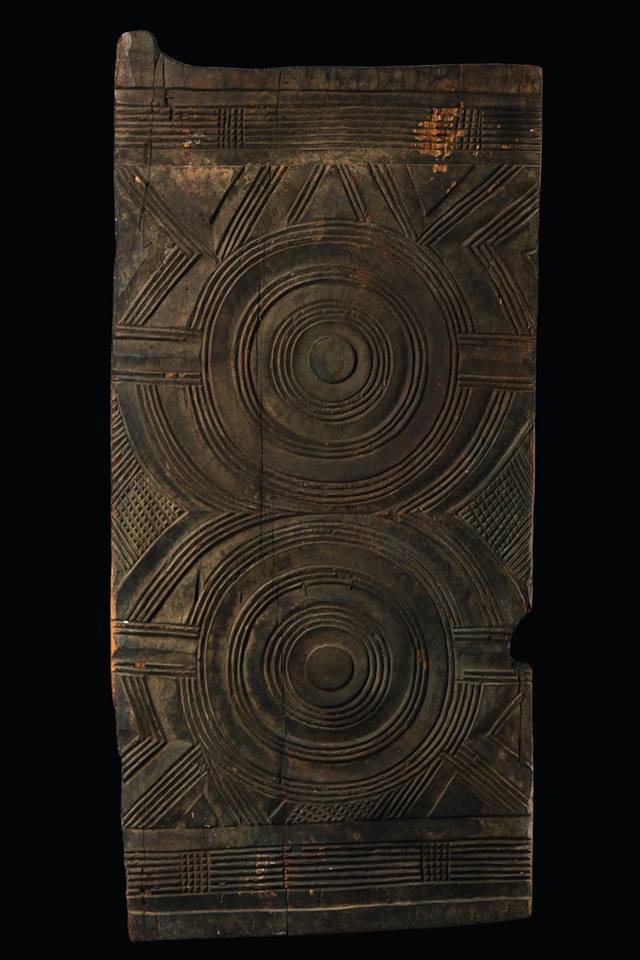
This heavy wooden door, known as ḿgbó èzí in the Igbo language, is more than just an entrance. It’s a statement piece, a symbol of status, and a testament to the artistic heritage of the Igbo people.
These doors were traditionally used as grand entryways to the enclosed compounds of titled men. The Nri-Awka region has a long history of creating highly elaborate carved gateways, reflecting the importance placed on such structures in Igbo society.
Symbolic Strength
The intricate carvings on these doors are a fascinating blend of symbolism and artistry. They often incorporate elements of ichi facial markings, traditionally worn by men, alongside uli designs, typically associated with women. However, in the context of ḿgbó èzí, the uli motifs take on a more masculine character, reflecting the elevated social status of the homeowner.
The size and elaborateness of the carvings served a dual purpose. They not only displayed the wealth and prestige of the family head, but also hinted at the grandeur of the òbí, the central meeting building within the compound. The ḿgbó èzí stood as a guardian, protecting not just the family but also the sacred space within the compound, which might house shrines visited by travelers seeking blessings and good fortune.
A Legacy of Skilled Carvers
The creation of these magnificent doors was entrusted to highly skilled professional carvers. The carvers of Awka were particularly renowned for their artistry. These craftsmen, often belonging to specific patrilineages (umunna), were not only responsible for crafting doors but also produced wooden panels, shrine figures, and other ritual objects.
Sadly, the Nigerian-Biafran war significantly impacted the creation of ḿgbó èzí. Prior to the conflict, these doors were far more common.
Mgbó èzí are more than just architectural elements; they are windows into Igbo history, social structure, and artistic expression.
What questions do you have about these fascinating doors?
Have you ever seen a ḿgbó èzí in person?
Share your thoughts in the comments below!
Explore Further
For more on this topic, explore our recommended readings below. Each provides deeper insights and a broader perspective.
 Recommended Books
Recommended BooksTitle: Igbo Worlds: An Anthology of Oral Histories and Historical DescriptionsAuthor: Elizabeth Allo IsicheiPublisher: MacmillanPublication Date: 1977Format: PrintPages: 355Language: EnglishISBN: 0333198360, 9780333198360 Author Background Elizabeth Allo Isichei, a New Zealand-born author, historian, and academic, has a profound connection with Nigeria, particularly with the Igbo people. She was born on March 22, 1939, in Tauranga, New Zealand, and later married Peter Isichei, a Nigerian […]
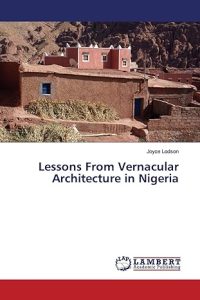 Recommended Books
Recommended BooksTitle: Lessons From Vernacular Architecture in NigeriaAuthor: Joyce LodsonPublisher: LAP LAMBERT Academic PublishingPublication Date: February 15, 2019Format: Paperback, 56 pagesISBN-10: 6139450047ISBN-13: 978-6139450046 Overview “Lessons From Vernacular Architecture in Nigeria” by Joyce Lodson is a concise exploration of vernacular architecture practiced by two ethnic groups in Nigeria: the Hausas and the Igbos. The book delves into […]
Discover more from Igbo Archives
Subscribe to get the latest posts sent to your email.
